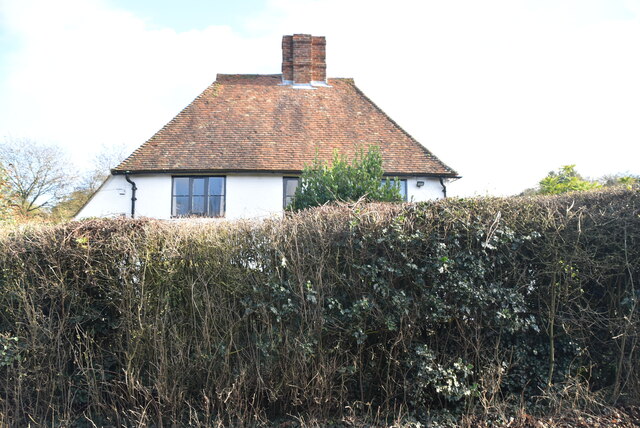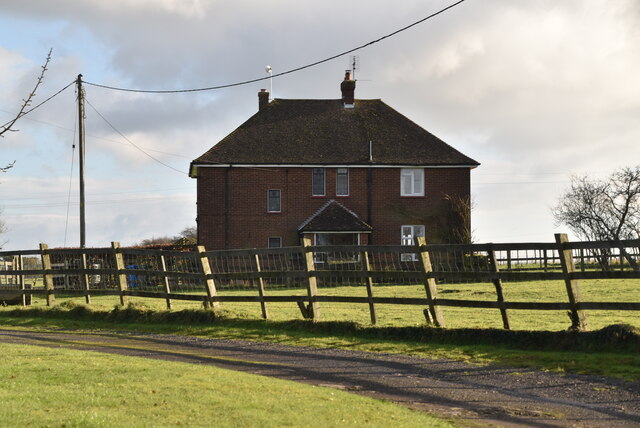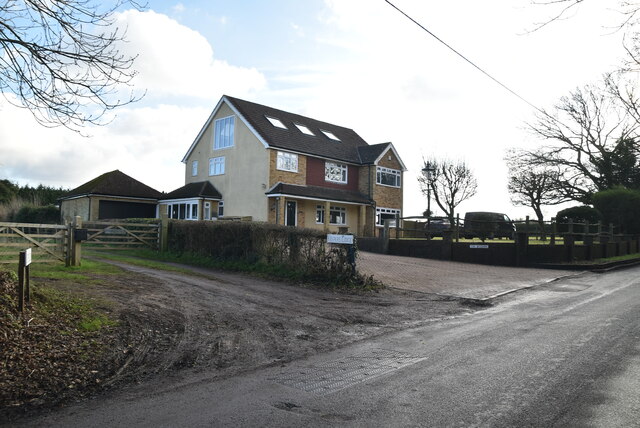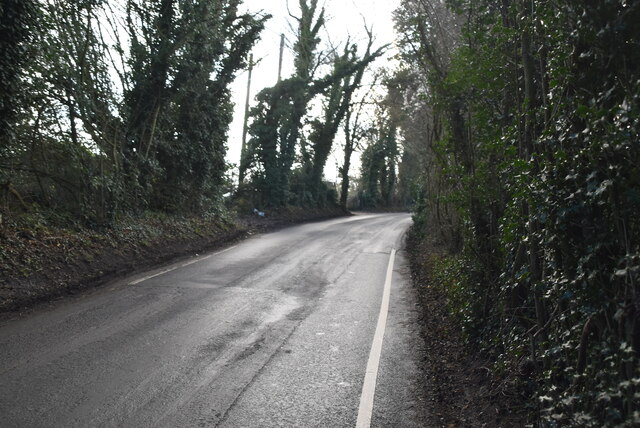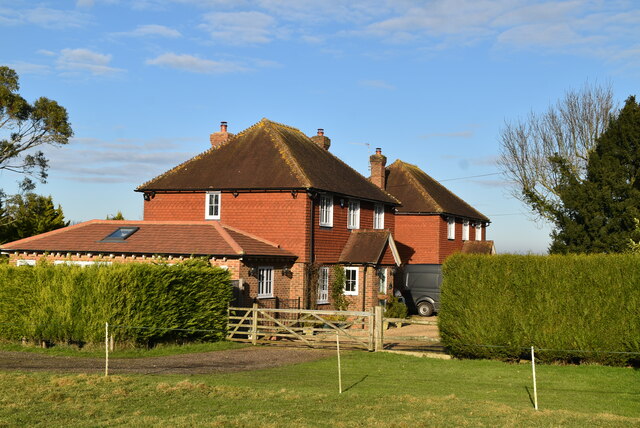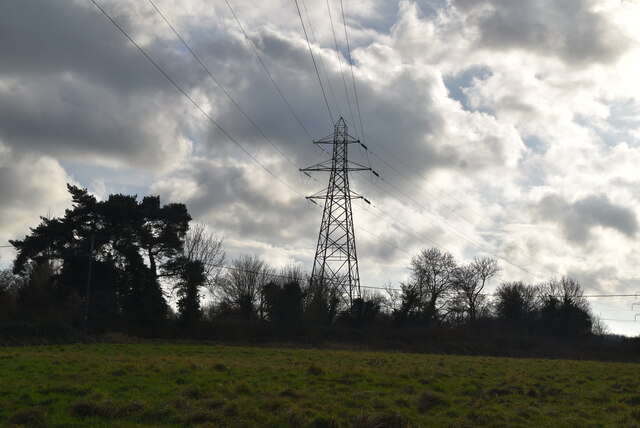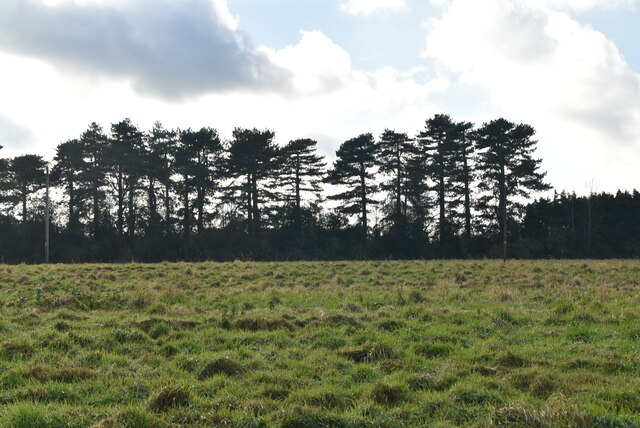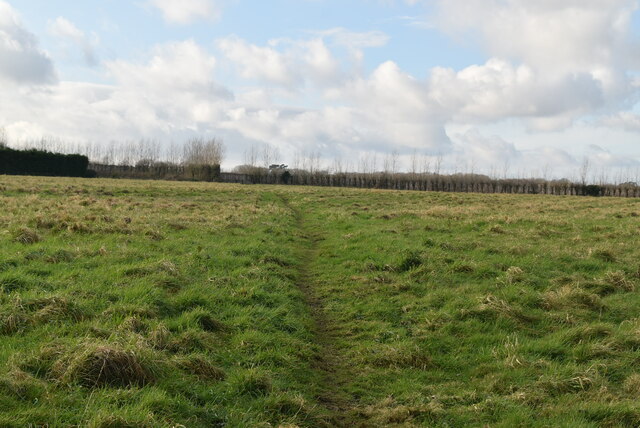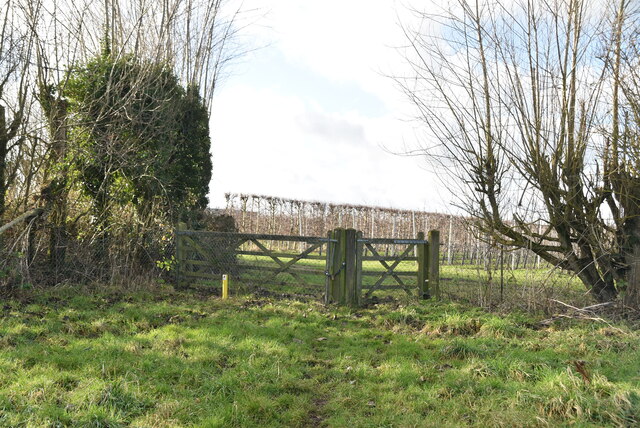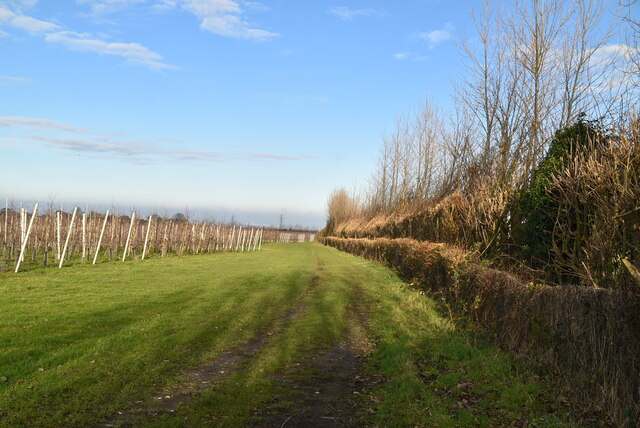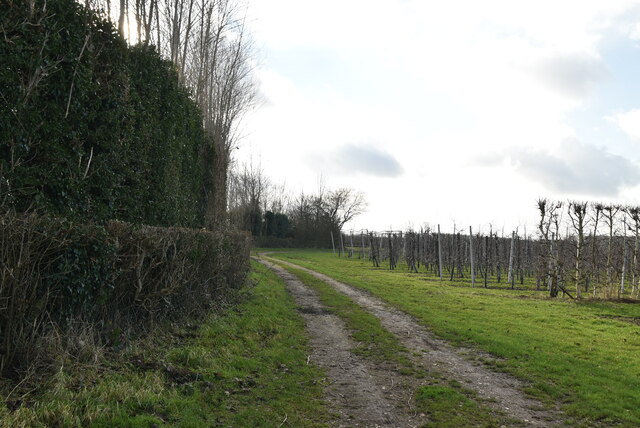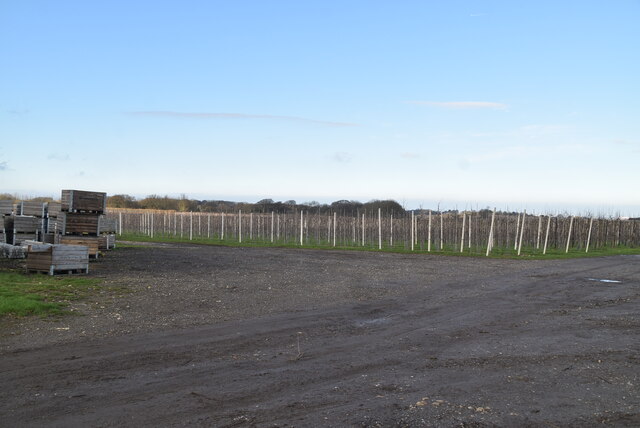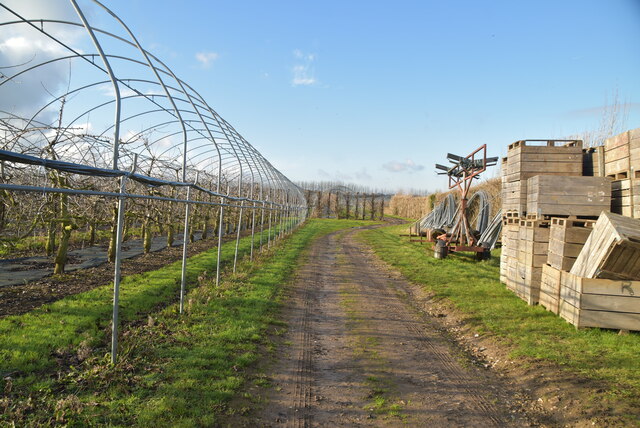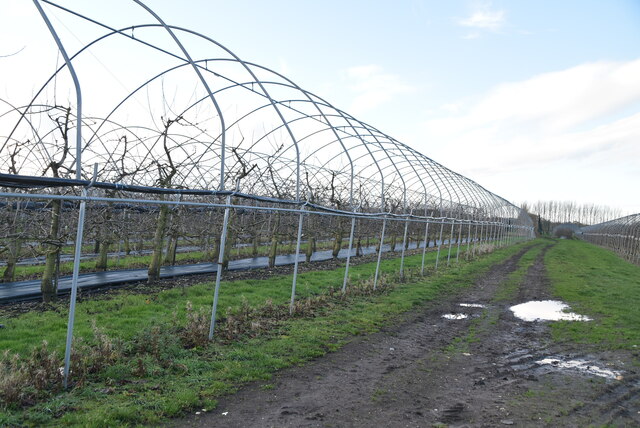Wormshill
Civil Parish in Kent Maidstone
England
Wormshill
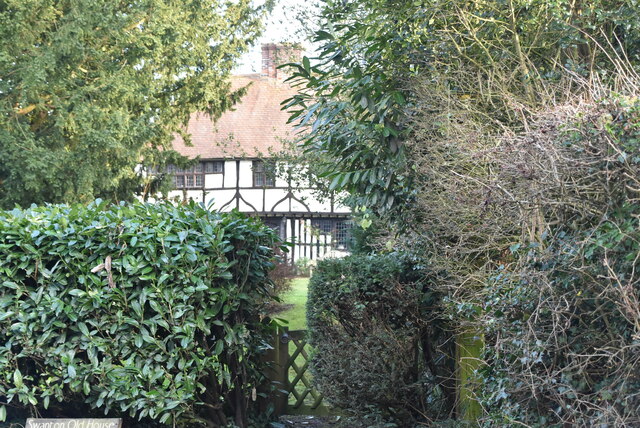
Wormshill is a small civil parish located in the county of Kent, in southeastern England. Situated on the North Downs, it is part of the Maidstone district and lies approximately 9 miles east of the town of Maidstone.
The village of Wormshill is known for its picturesque and rural setting, with rolling hills, woodlands, and farmland dominating the landscape. It is a quintessential English village, with a population of around 200 residents, giving it a close-knit and community-oriented atmosphere.
The centerpiece of Wormshill is the 12th-century All Saints Church, which boasts a historic and well-preserved Norman architecture. The church is a significant landmark in the area and attracts visitors from both near and far.
Agriculture has long been a vital part of the local economy, with farming playing a significant role in the parish's history. The surrounding fields are mainly used for arable farming, with crops such as wheat, barley, and oilseed rape being cultivated.
The village also offers a range of amenities for its residents, including a village hall, a primary school, and a local pub. These facilities contribute to the community's cohesion and provide opportunities for socializing and community events.
The countryside surrounding Wormshill offers ample opportunities for outdoor activities such as hiking, cycling, and horse riding. With its tranquil and idyllic setting, Wormshill is a popular destination for those seeking a peaceful retreat away from the hustle and bustle of city life.
In summary, Wormshill is a charming and rural civil parish in Kent, known for its natural beauty, agricultural heritage, and strong sense of community.
If you have any feedback on the listing, please let us know in the comments section below.
Wormshill Images
Images are sourced within 2km of 51.283598/0.691654 or Grid Reference TQ8757. Thanks to Geograph Open Source API. All images are credited.

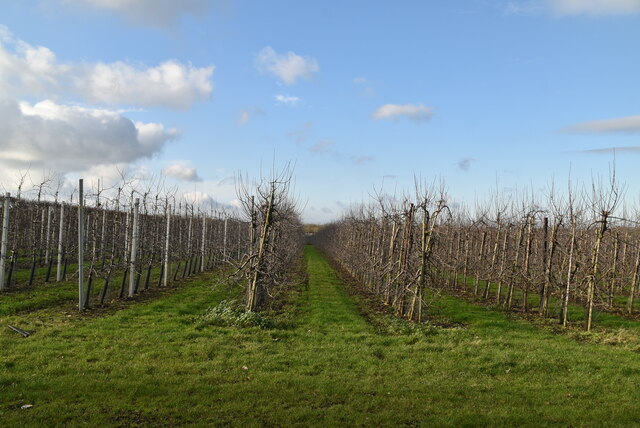
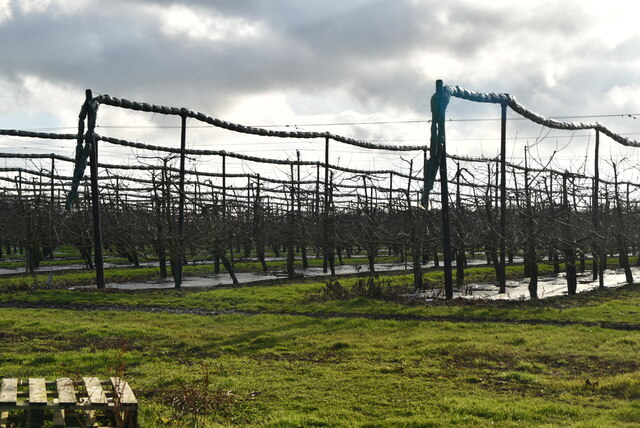
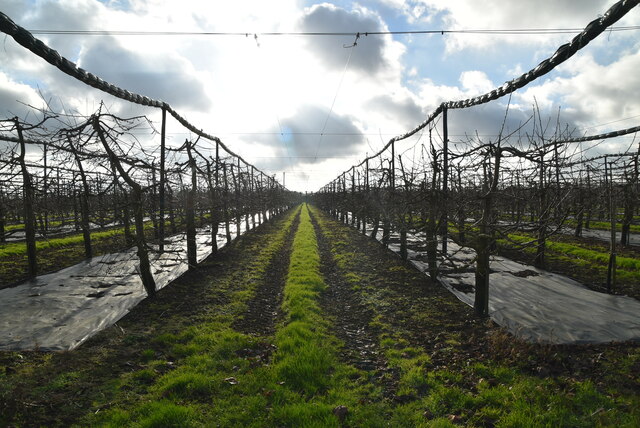
Wormshill is located at Grid Ref: TQ8757 (Lat: 51.283598, Lng: 0.691654)
Administrative County: Kent
District: Maidstone
Police Authority: Kent
What 3 Words
///archives.mavericks.fish. Near Harrietsham, Kent
Nearby Locations
Related Wikis
Wormshill
Wormshill ( wurmz-HIL), historically Wormsell, is a small village and civil parish within the Borough of Maidstone, Kent, England. The parish is approximately...
St Giles Church, Wormshill
St Giles Church is the sole church in the village of Wormshill in Kent. The church is Anglican and is dedicated to Saint Giles. It forms part of the united...
Bedmonton
Bedmonton or Bedmanton is a hamlet situated about five miles (8 km) on a minor road between the B2163 road and Wormshill to the south of Sittingbourne...
Frinsted
Frinsted or Frinstead is a small village and civil parish in the ecclesiastical parish of Wormshill and in the Maidstone District of Kent, England. and...
Nearby Amenities
Located within 500m of 51.283598,0.691654Have you been to Wormshill?
Leave your review of Wormshill below (or comments, questions and feedback).
